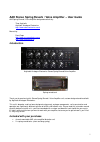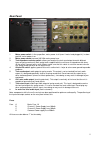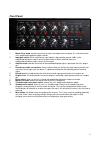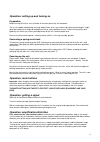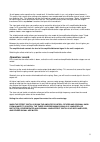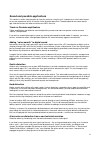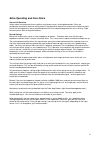AAE Stereo Spring Reverb/Valve Amplifier User Manual
AAE Stereo Spring Reverb / Valve Amplifier – User Guide
AAE Spring Reverb / Valve Amplifier designed and built by:
Theo Argiriadis
Argiriadis Analogue Electronics
http://www.tube-electronics.co.uk
Manual by:
Dave
Pape
Introduction
Argiriadis Analogue Electronics Stereo Spring Reverb/Valve Amplifier
Spring reverb tank
Thank you for purchasing this Stereo Spring Reverb / Valve Amplifier unit, custom-designed and hand-built
by Argiriadis Analogue Electronics.
This unit is bespoke, and has been designed using purely analogue components, so its construction and
operation are significantly different to those of off-the-shelf effects units. Please read this instruction manual
carefully before using the unit – you’ll be rewarded with a unique and beautiful sonic toolkit for your music.
It’ll take a while to learn how you want to work with your amplifier, but once you’ve got to know it, you’ll find
it’s very easy to love.
Included with your purchase
• 4u rack-mountable AAE valve amplifier/distortion unit
• 2 x spring reverb tanks (short and long spring)
1

